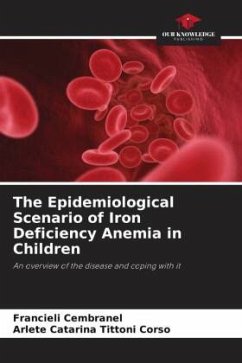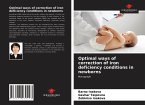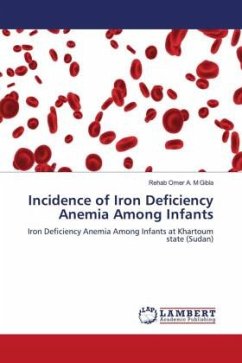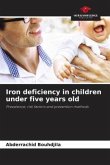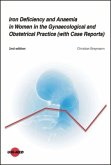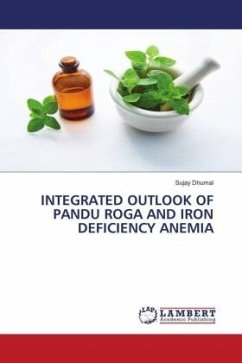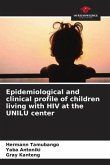Iron deficiency is the most common nutritional deficiency in the world. Iron is an essential element in the constitution of hemoglobin, the oxygen-carrying protein found in red blood cells. In the event of a deficiency of this mineral, the bone marrow does not produce hemoglobin, which clinically characterizes iron deficiency anemia or iron deficiency. The occurrence of iron deficiency anemia in children is linked to several factors, among them the deficient intake of the mineral itself, which results in a series of short and long-term damages to the body, such as neuropsychomotor development, learning, growth, and even the response of the immune system. The World Health Organization estimates that half of the population under five years of age in developing countries is affected by iron deficiency anemia, which makes the disease a serious public health problem. In view of this, this book seeks to clearly and objectively address iron deficiency anemia in its epidemiological aspects, causal factors, risk groups, and above all to present the strategies available for dealing with it in children.
Bitte wählen Sie Ihr Anliegen aus.
Rechnungen
Retourenschein anfordern
Bestellstatus
Storno

